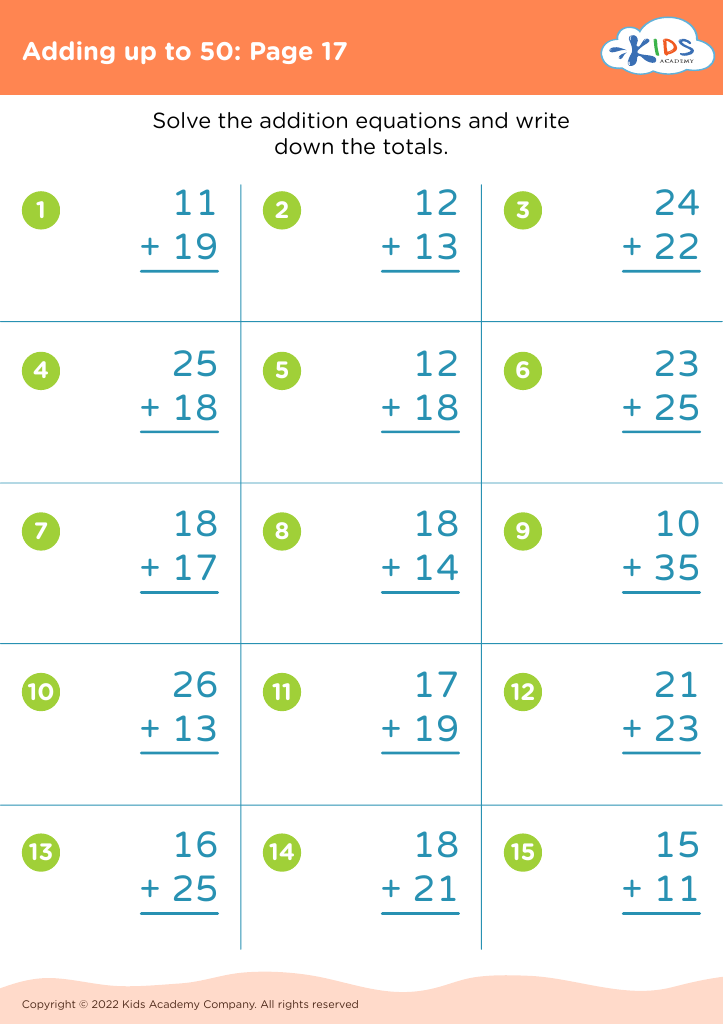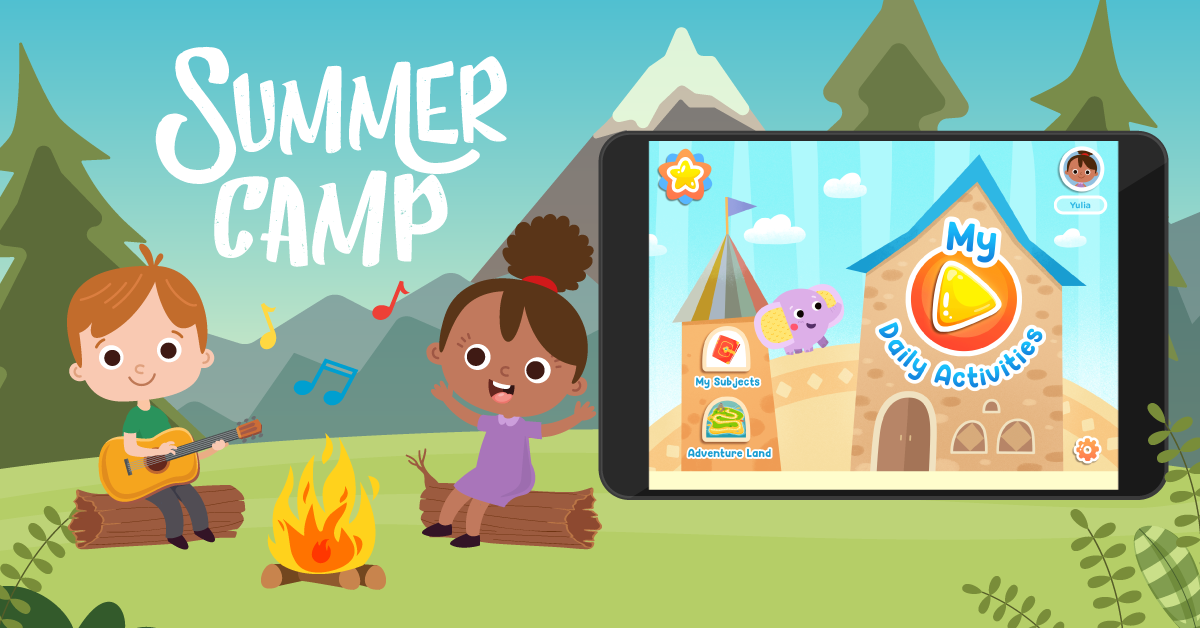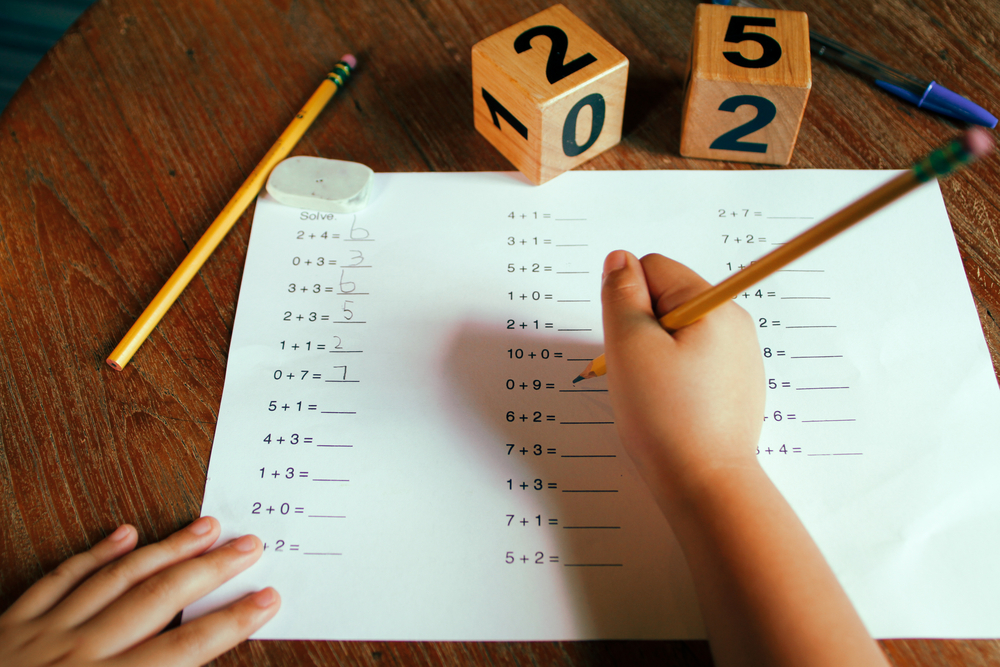Understand rhyming words Worksheets for Kids
1 filtered results
-
From - To
Question/Answer
What does the Understand rhyming words skill mean when it comes to Grade 2 Adding up to 50 Misc learning?
The "Understand rhyming words" skill in the context of Grade 2 Adding up to 50 Misc learning refers to the ability of students to recognize and generate words that have similar ending sounds, which is essential for developing phonemic awareness and reading skills, even though it is not directly related to mathematical operations like adding up to 50.
How to test a Grade 2 student’s Understand rhyming words skills?
To test a Grade 2 student's understanding of rhyming words, present them with pairs of words and ask them to identify whether the words rhyme. Alternatively, ask them to generate a word that rhymes with a given word. Incorporating rhyming activities, such as matching games or fill-in-the-blank exercises with rhyming cues, can also effectively assess their skills.
How to train the Understand rhyming words skill in Grade 2 students learning about Adding up to 50 Misc?
To train Grade 2 students in understanding rhyming words while learning Adding up to 50 Misc, incorporate rhyming pairs into math problems. Use simple, short poems or rhymes that include numbers and addition terms. Encourage students to identify and create their own number rhymes, reinforcing both their arithmetic and phonetic skills simultaneously in a fun, engaging manner.













